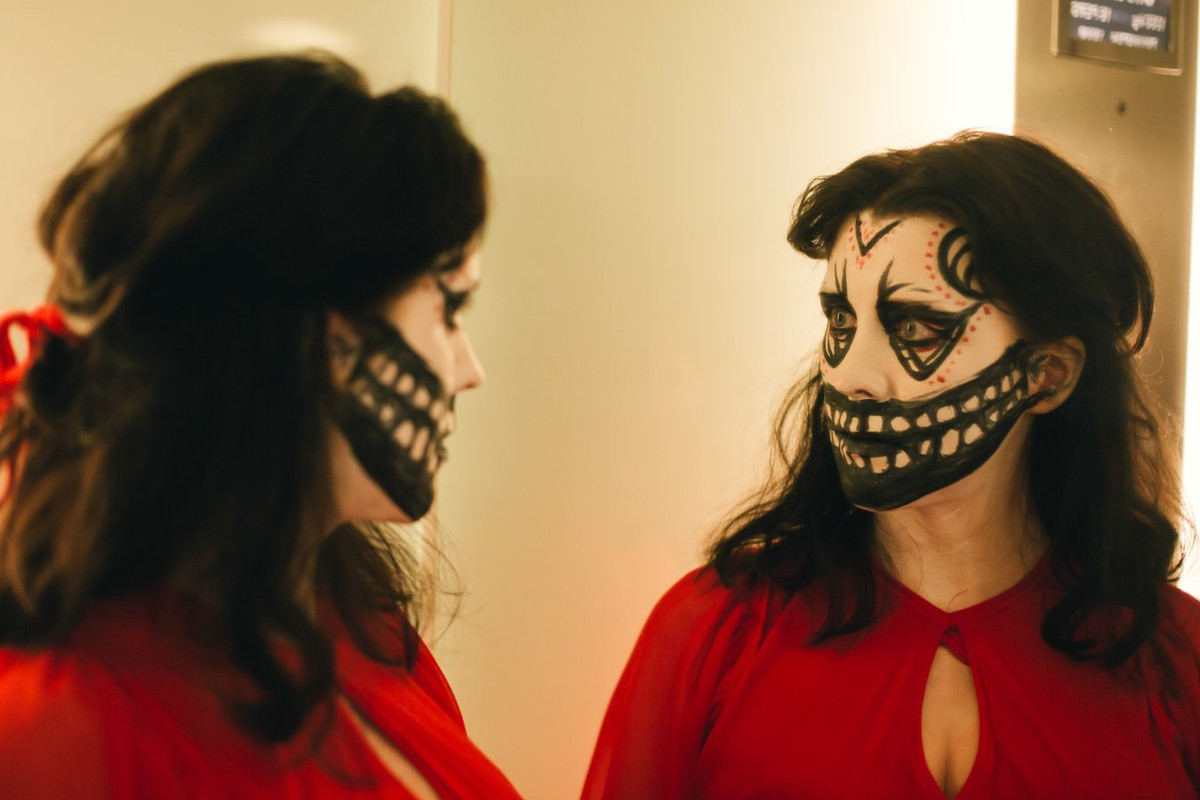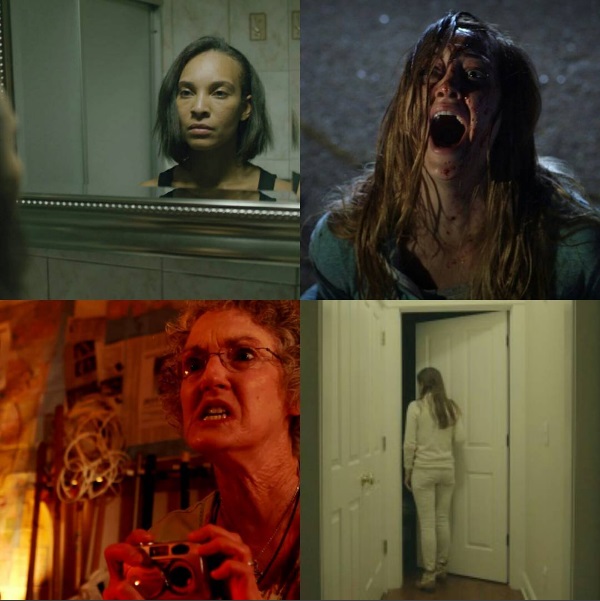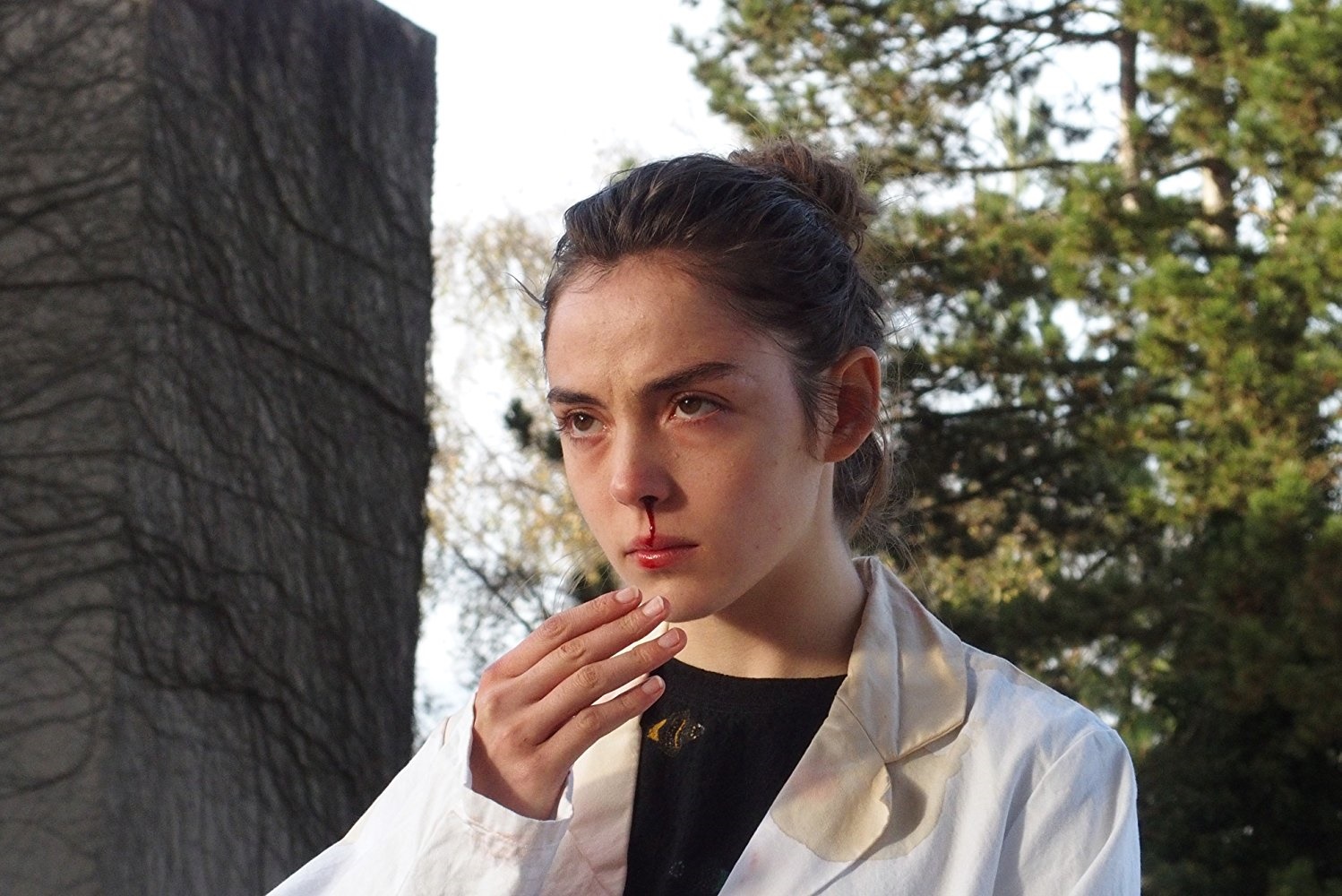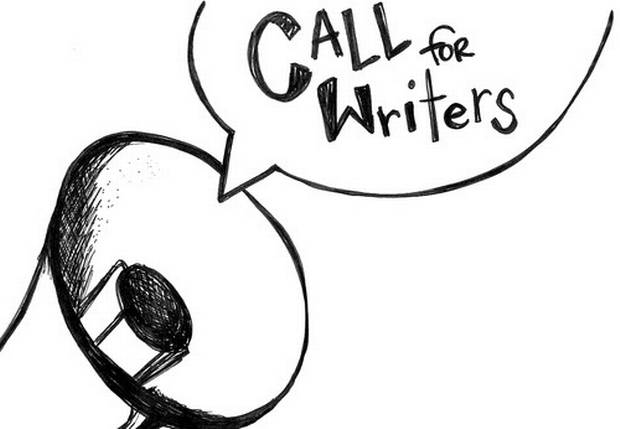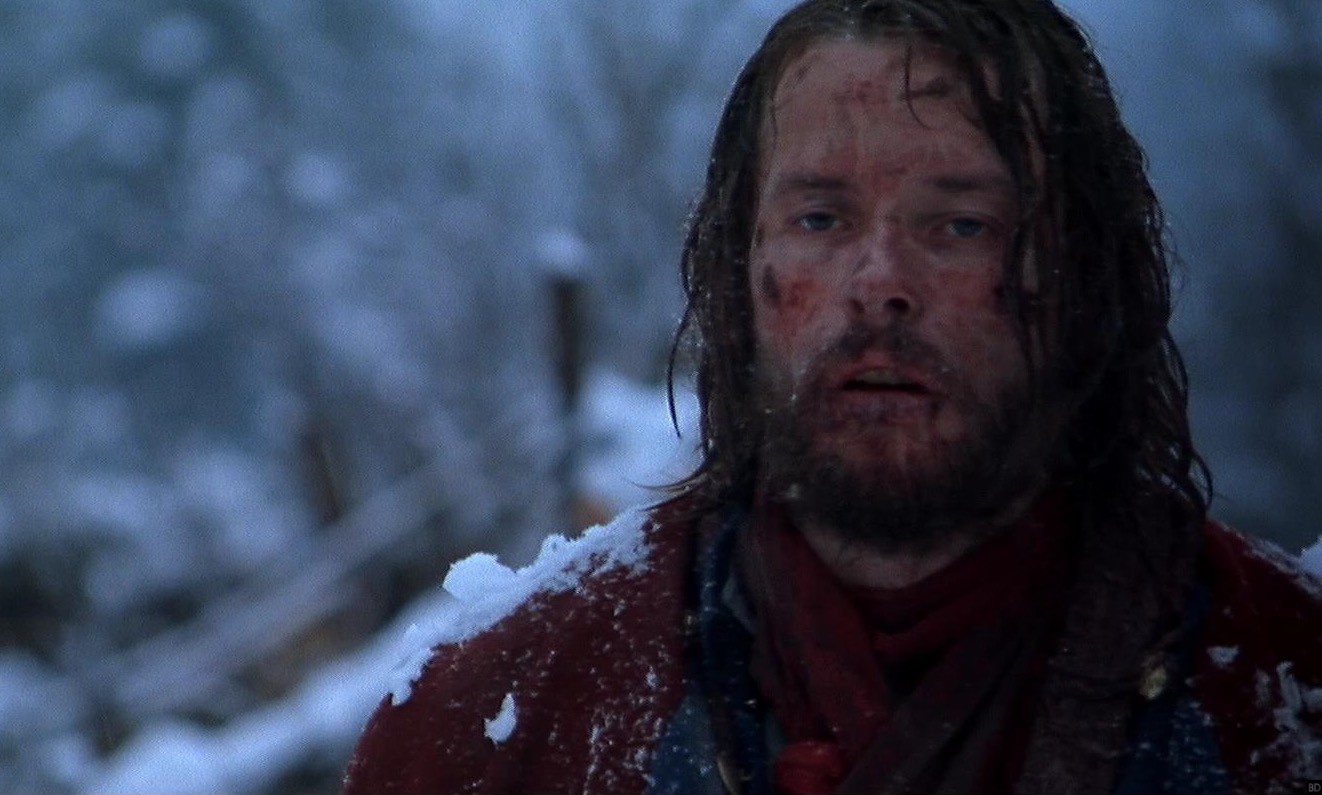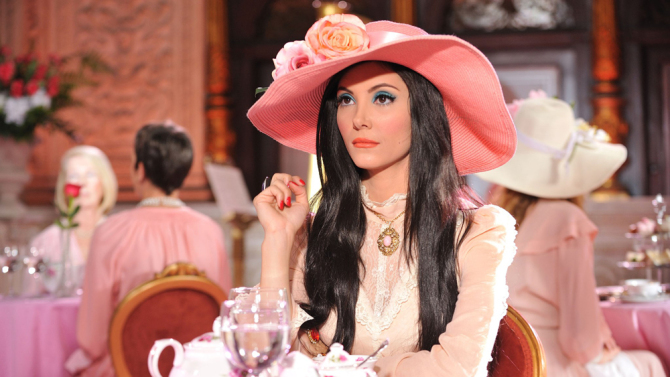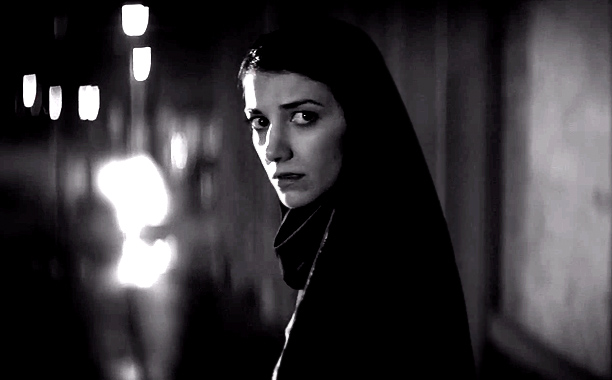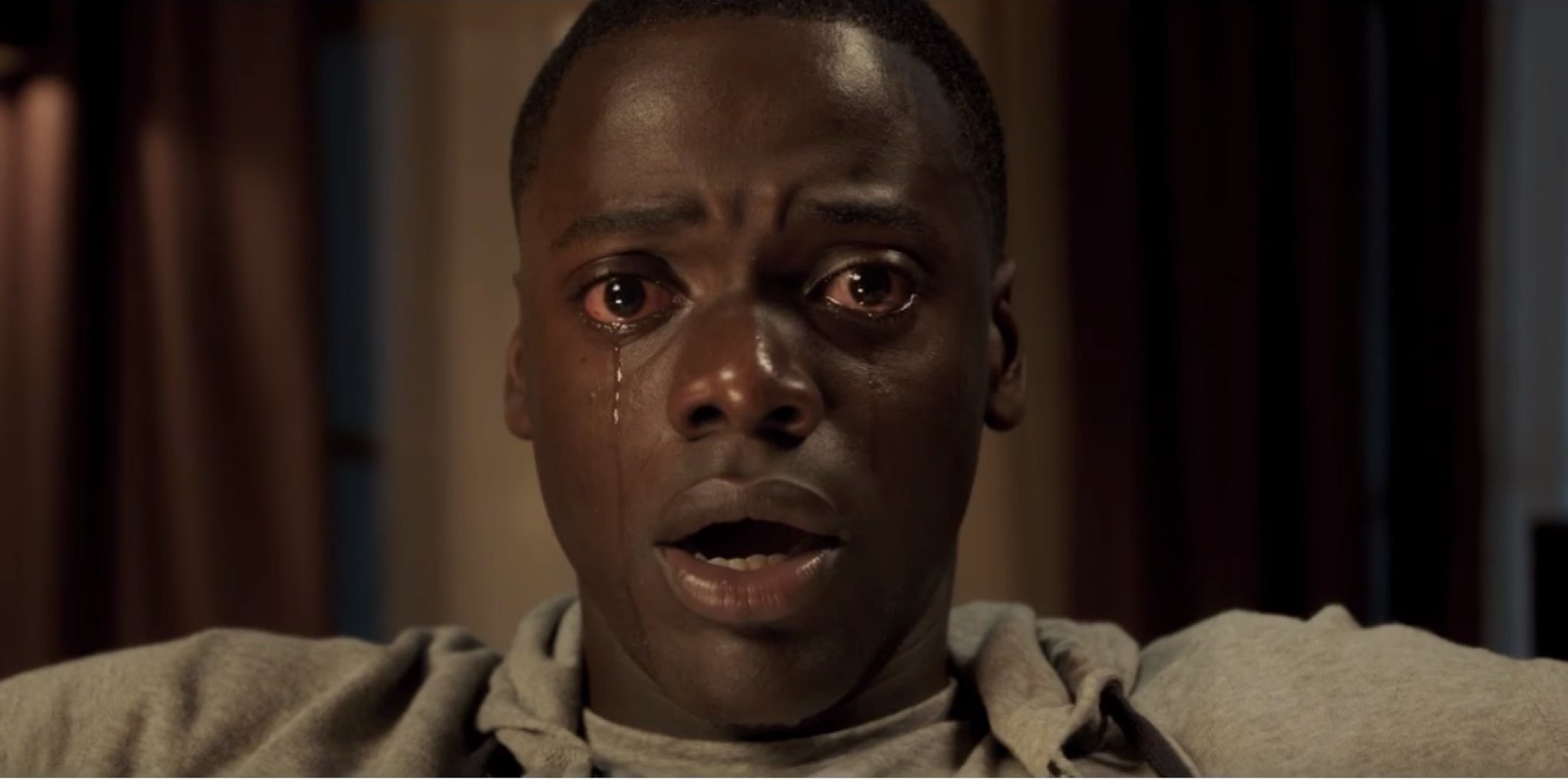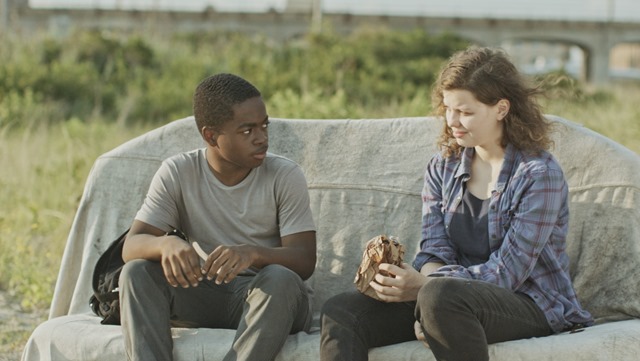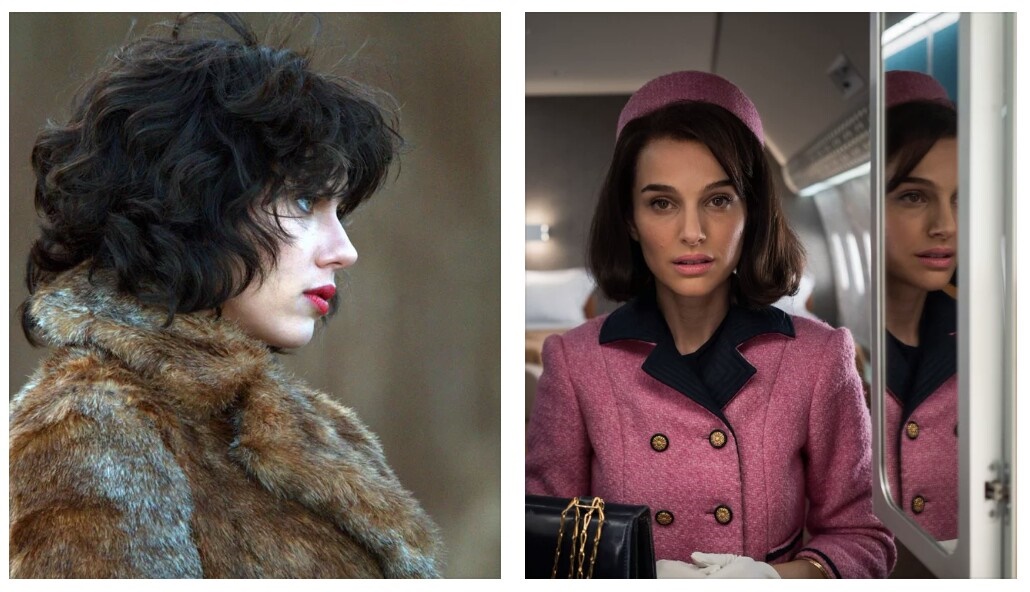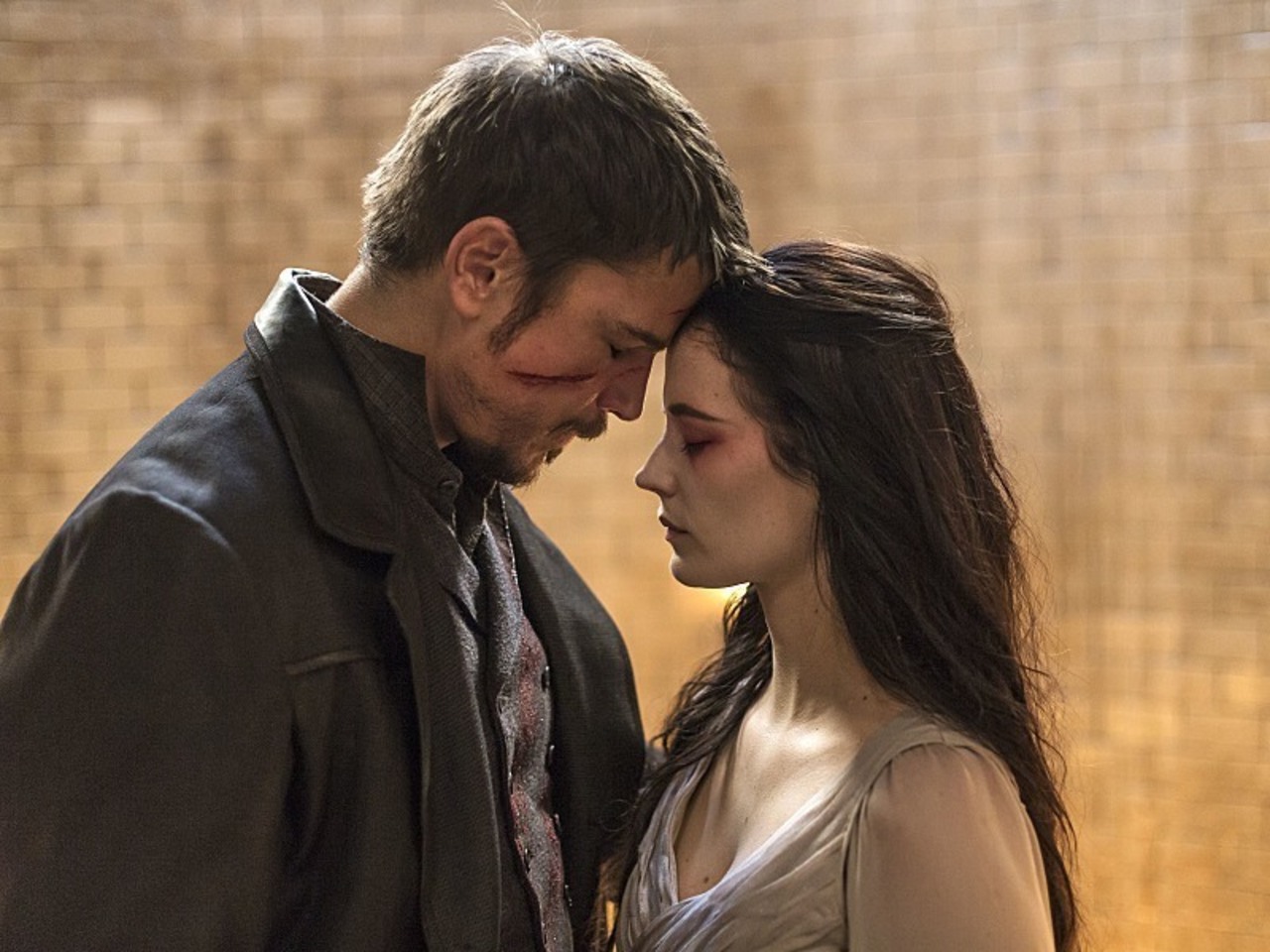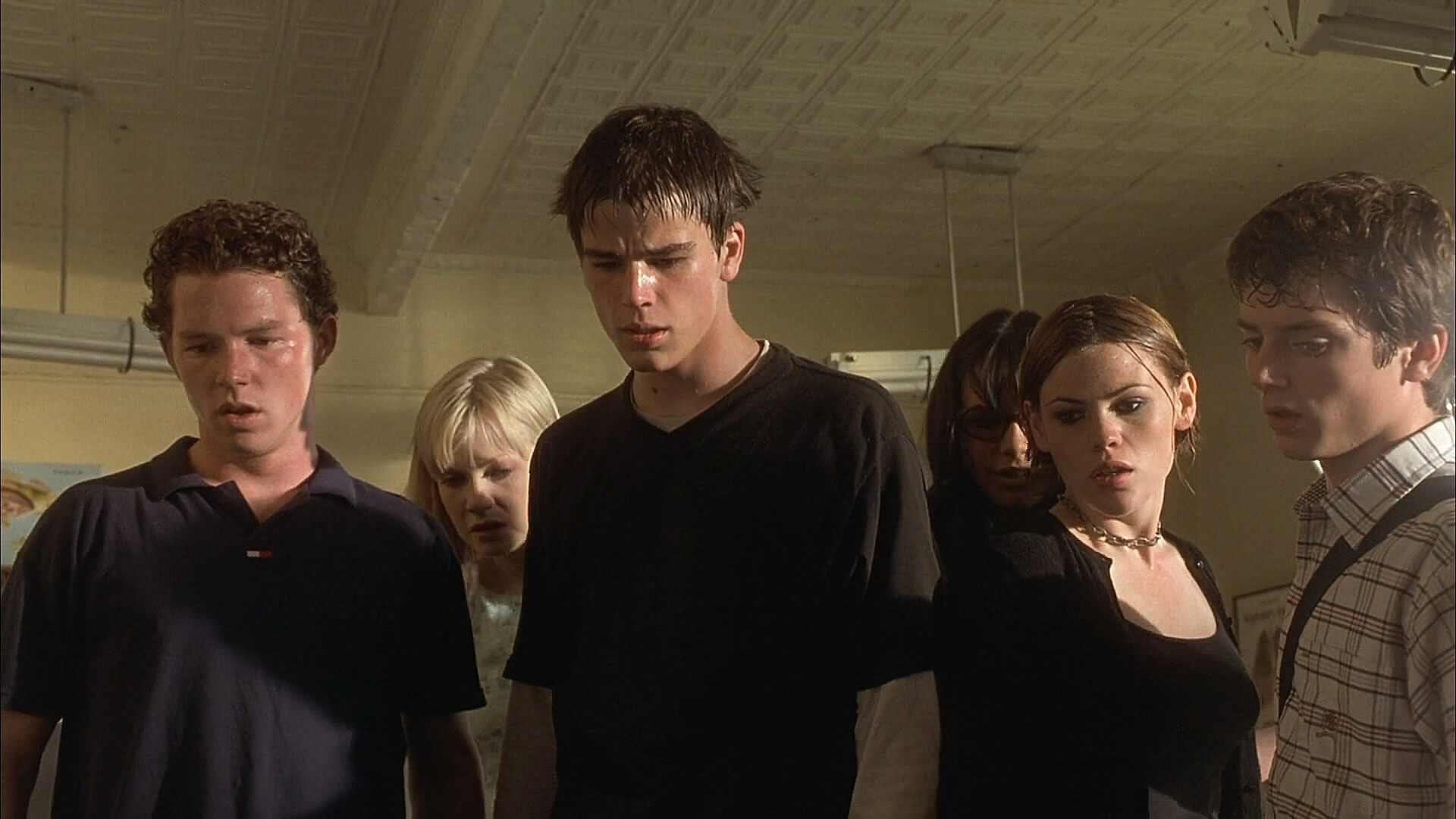This guest post written by Lindsay Pugh appears as part of our theme week on Women in Horror. | Spoilers ahead.
[Trigger warning: discussion of rape and sexual assault]
Whether completely alone or with a partner standing by, pregnancy is one of the most terrifying and bizarre events to happen in real life. Of course, women are expected to handle it with aplomb and joy. “Oh, you mean my entire body is going to change and then if all goes well, another human being is going to rip through my vagina, hopefully only causing minimal tearing? Fantastic! Sign me up!”
As a woman in 2017, there’s plenty to be afraid of: increased attacks on abortion, unrelenting attempts to defund Planned Parenthood, rape culture and the normalization of sexual assault (“Grab ‘em by the pussy.”), etc. The litany of bullshit is horrific and interminable. How can anyone make a horror film that will scare women when real life has turned into a waking nightmare? Easy. Throw pregnancy into the mix; take all those standard fears and concerns and amplify them. Two films that do a great job portraying these atrocities are Roman Polanski’s Rosemary’s Baby (1968) and Alice Lowe’s Prevenge (2016).
I hate to give Polanski, creepy Keebler Elf and sexual predator extraordinaire, credit, but Rosemary’s Baby is one of my all-time favorite horror films and feminist as fuck. It makes me feel a little better to know that his screenplay is nearly identical to Ira Levin’s novel, so it’s not like Polanski is responsible for any of the genius plotting or characterizations.
In order to truly grasp the brilliance of Rosemary’s Baby, let’s quickly review the atrocities Rosemary (Mia Farrow) has to endure, from the sex before conception to her post-birth satanic cult discovery. First, it’s important to note that Rosemary’s pregnancy is the product of rape. Even though she’s been drugged c/o Minnie’s (Ruth Gordon) chocolate mousse, Rosemary is cognizant enough to realize, “This is no dream! This is really happening.” (Although even if she wasn’t cognizant, the fact is she was unable to consent.) The morning after her rape, Guy (John Cassavetes) tries to gaslight Rosemary by apologizing for the scratches on her body and telling her they only had sex when she was blacked out because he didn’t want to miss “baby night.” Rosemary is tense and suspicious for days, but those feelings are eventually eclipsed when a phone call from her doctor confirms her pregnancy. Instead of focusing on the traumatic conception, Rosemary diverts her attention to scheduling doctor’s appointments and spreading the joyous news.
Unfortunately, Rosemary’s happiness wanes when her body begins to change. In order to combat her feelings of unease, Guy, Minnie, and Roman (Sidney Blackmer) concoct a plan to ensure that no matter how bad her symptoms become, Rosemary never believes they’re abnormal. Dr. Sapirstein (Ralph Bellamy) tells Rosemary not to ask any questions or listen to advice from friends or books. Instead of taking vitamins, she’s to drink one of Minnie’s herbal concoctions every day. Rosemary wants what’s best for her baby, so she listens to the doctor, even as she becomes scarily gaunt. She knows something is wrong, but the people closest to her have done a great job of convincing her she’s paranoid and can’t trust her own instincts.
Throughout the film, Rosemary vacillates between trusting her intuition and dismissing it because she wants what’s best for the baby and doesn’t always trust herself to provide it. At several points, she tries to take control of her situation, but external forces usually convince her she’s made the wrong call. By effectively gaslighting her, Guy and the Castevets have ensured that Rosemary no longer trusts her own body or motherly intuition. At the end of the film, when Rosemary decides to embrace her role even though her child is a fucking demon, it’s a total act of rebellion. These people have taken away her sanity, her health, and nine months of her life, but they won’t take away her baby. Even though this situation isn’t what she signed up for, she’s on board for lack of a better option.
Even with a wanted baby, pregnancy can be a terrifying situation full of unknown elements. Alice Lowe had this in mind, that “pregnancy is an alien experience,” while making Prevenge. Without the power to ask questions and make informed decisions, a beautiful, exciting life event could easily turn into a waking nightmare full of anxiety and dread. The Trump administration wants to make Rosemary’s Baby a reality. Something is wrong with your pregnancy and you need to terminate it in order to avoid a lifetime of pain for yourself and your child? Too bad. You must carry the pregnancy to term and deal with the ramifications alone. Your pregnancy is the result of rape and you’re unable to deal with the psychological trauma? Or you simply don’t want to be pregnant? I hope you have the time, money, patience, and strength to deal with abortion restrictions like mandatory waiting periods, forced ultrasounds, TRAP laws, personhood laws, insurance and funding limitations, 20-week bans, forced counseling, and ideological shaming that you’re likely to encounter depending your state. And restrictions to abortion access disproportionately impact women in poverty, women of color, and women living in rural areas.
Rosemary’s Baby is as relevant today as it was forty-nine years ago. Like Guy Woodhouse, the Trump administration uses women as pawns and attempts to stave off rebellion by gaslighting, discrediting, isolating, and emotionally manipulating them.
Prevenge is in some ways a modernized version of Rosemary’s Baby. Ruth (Alice Lowe) is a widow, convinced something is wrong with her pregnancy but told by her midwife (Jo Hartley) that she needs to stay positive and listen to her instincts. The midwife tells Ruth, “Baby knows what to do. Baby will tell you what to do.” The only problem is that Ruth’s baby tells her to kill people, not to relax and eat some Cheetos dipped in clam chowder. With influences ranging from the Greek Furies, to American Psycho and Taxi Driver, Lowe “wanted to show a powerful pregnant woman,” which counters how pregnant women are traditionally depicted or viewed as frail.
During her pregnancy, Ruth is even more isolated than Rosemary. She lives out of hotel rooms, has no friends, and only interacts with her midwife and people she plans on killing. The bond with her unborn baby is the sole one we’re privy to and it’s obviously very twisted. Even when we finally see a flashback of her deceased husband, it’s of his death and not their time together.
While we often hear the midwife voice concern for the baby, we never hear her ask Ruth how she’s doing. Even after she looks through Ruth’s paperwork and realizes that her partner is dead, she doesn’t feign sympathy. She essentially tells Ruth to suck it up and remain positive because her negative energy won’t do anything to help the baby. This is the conversation she has with Ruth after realizing she’s a single mother:
Midwife: It’s very important to let the past stay in the past. It’s just nature’s way.
Ruth: I think nature’s a bit of a cunt, though, don’t you?
Midwife: Oh, negativity’s not good for the baby’s spirit, really.
Ruth: Do you think?
Midwife: Yes. I think it’s good to try to stay positive.
Ruth is clearly struggling with mental health issues and needs someone to step in and help her, but no one gives a shit about her problems; her job is to serve the baby and as long as she’s following through, there’s no cause for concern. As soon as Ruth becomes a mother, her grief and depression are non-issues to those around her because the baby comes first. Throughout the course of history, and especially in Trump’s America, baby always comes first. Our government cares more about fetuses than it does about living, breathing women. This chills me to the core more than a scary movie ever could.
Ruth and Rosemary both try to do what they think is best, but are swayed by outside influence. Ruth’s midwife tells her to listen to the baby; Dr. Sapirstein tells Rosemary to listen to him. No one tells either of these women to listen to themselves — to trust their bodies, experience, or intuition. Women are not to be trusted in any capacity, in any situation. Ruth knows that something isn’t right, that her pregnancy and mental state are abnormal. But she squashes these feelings, listens to her “baby,” and continues to kill people. Rosemary fights like hell at the end of the movie and tries to tell anyone who will listen that there’s a conspiracy against her, but she’s branded as “crazy” and immediately dismissed.
This Halloween, what’s keeping me up at night isn’t fiction; it’s real life. It’s the possibility of a 20-week abortion ban and the knowledge that I live in a country where women aren’t valued or trusted — where a majority of white women would rather have Donald Trump represent their interests than Hillary Clinton. I watch films like Prevenge and Rosemary’s Baby because I want to remind myself to stay vigilant. In 1979, Loretta Lynn said, “We’ve come a long way, baby,” but these films remind me we haven’t come far enough.
See also at Bitch Flicks:
Rosemary’s Baby: Marriage Can Be Terrifying
The “Blurred Lines” of Body Horror and Rape Culture
Rosemary’s Baby: Who Possesses the Pregnant Woman’s Body
Recommended Reading:
Refinery29’s Interview with Alice Lowe: The Pregnant Serial Killer Movie Taking a Knife to Stereotypes on Film
The Most Cursed Hit Movie Ever Made by Rosemary Counter
Lindsay Pugh runs Woman in Revolt, an intersectional feminist film blog that focuses on female directors in television and film. She is a self-described militant feminist and can be found wandering the streets of Ann Arbor wearing a leather jacket adorned with “Fuck Paul Ryan” pins and shaking her fist at the patriarchy.
